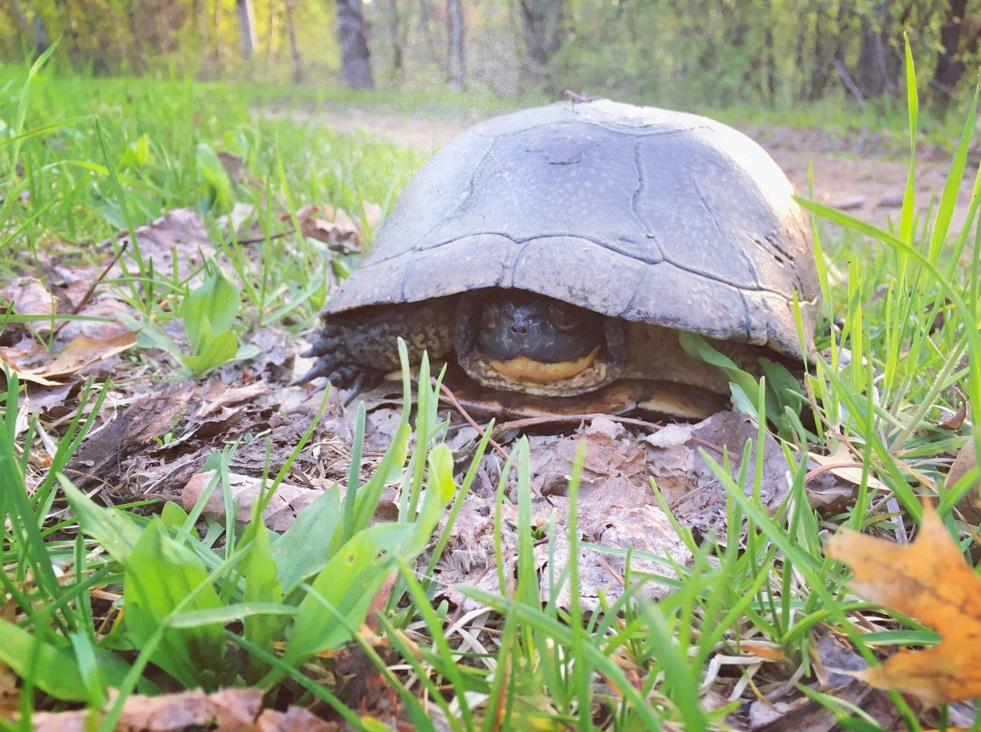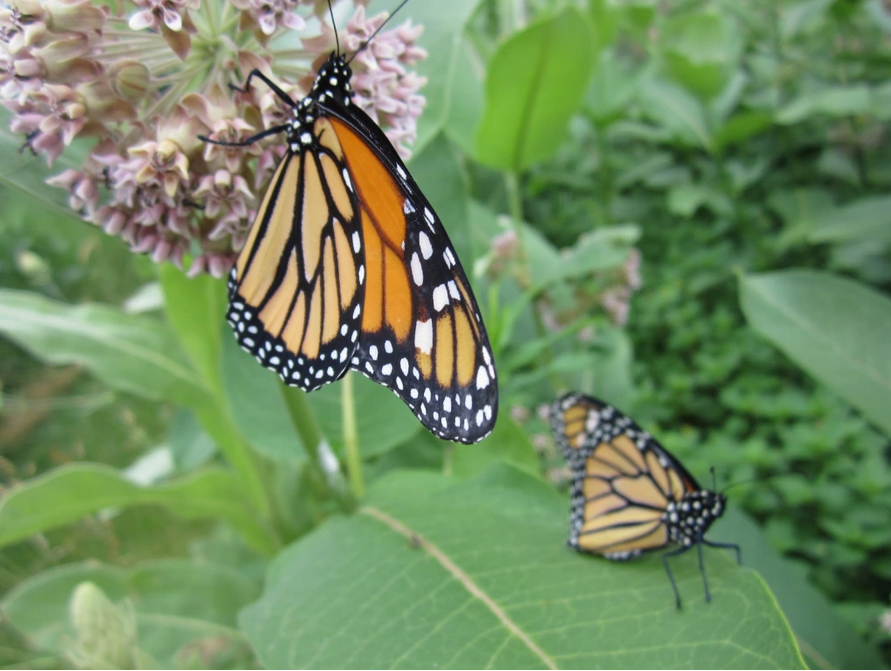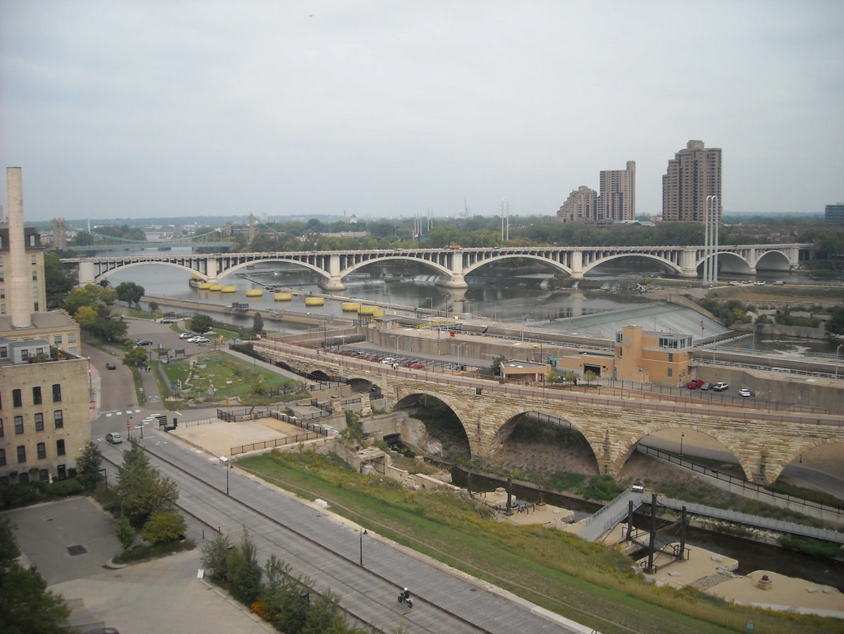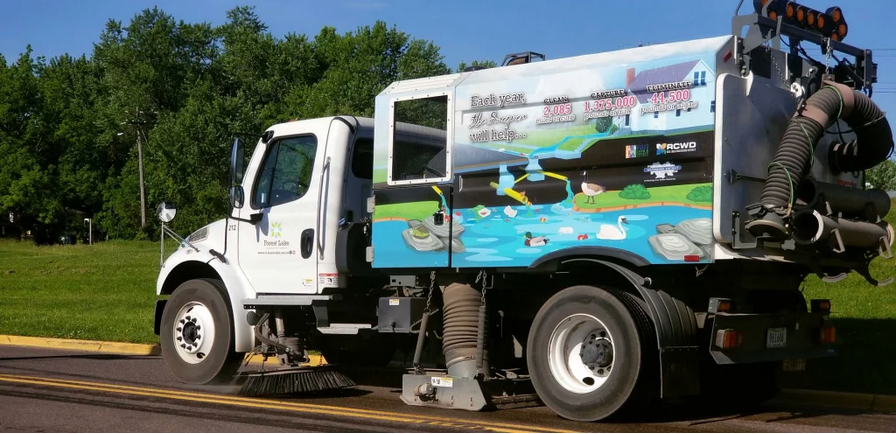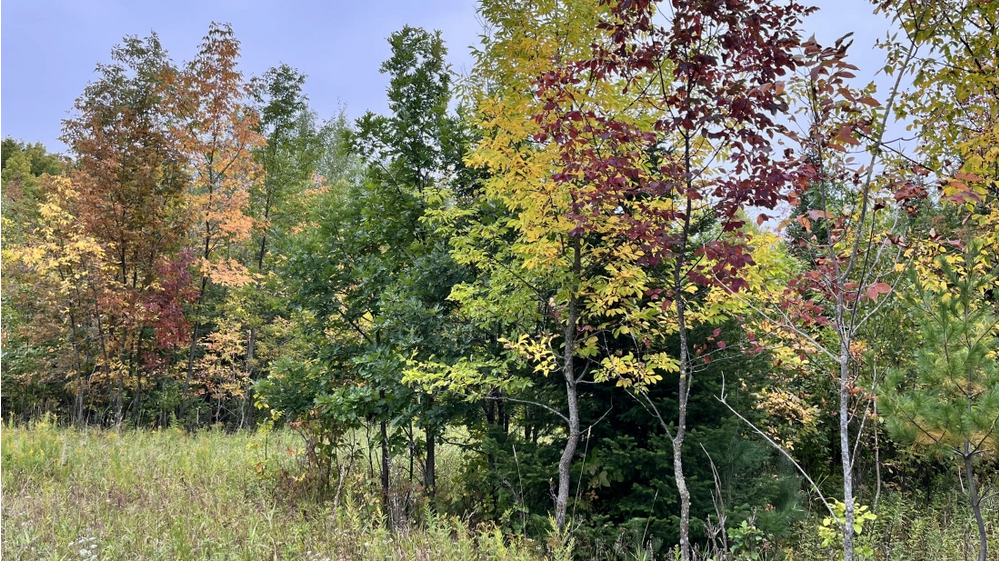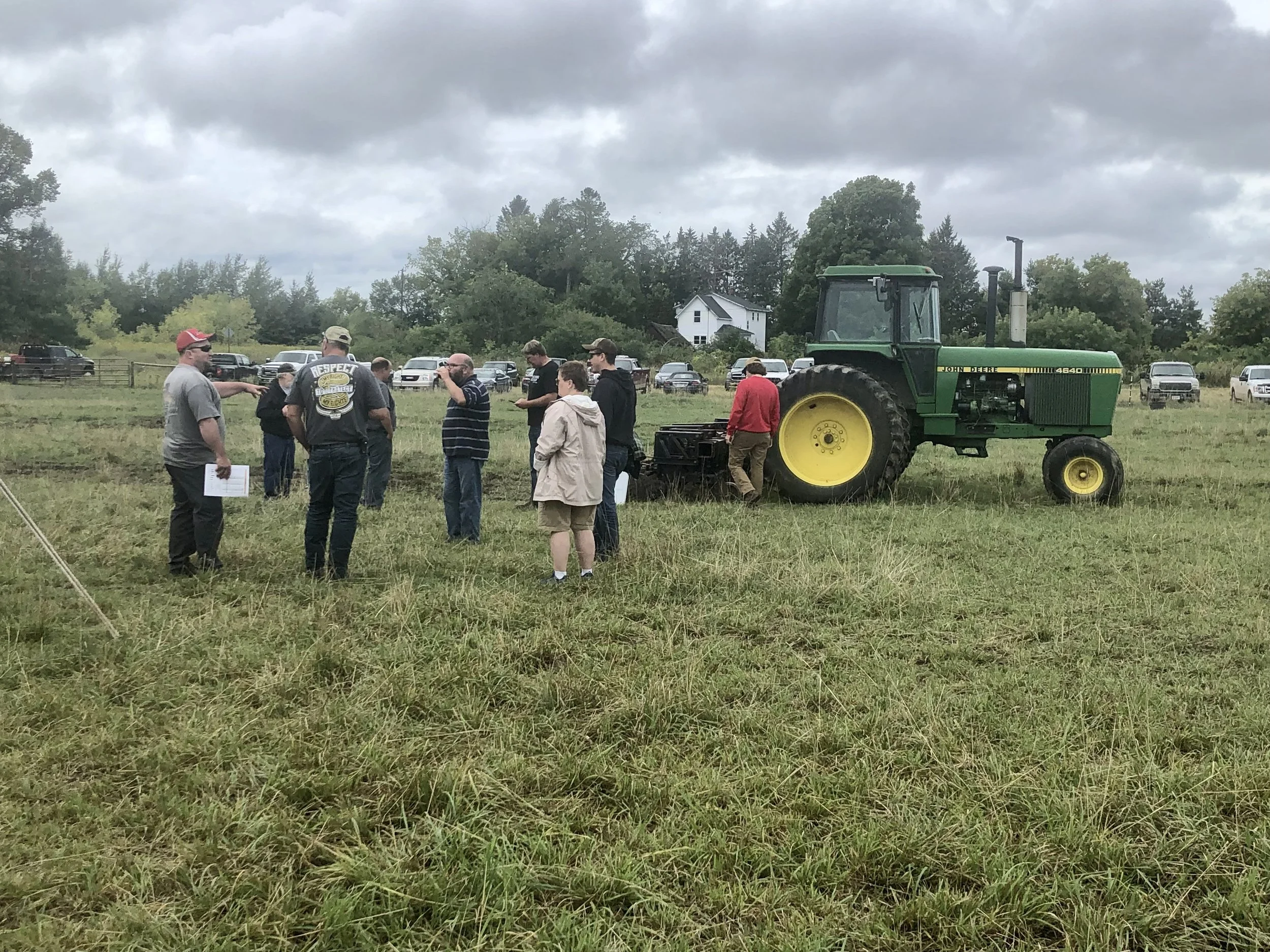Meet the rare plants and animals of Washington County
Minnesota is home to 2000 known native wildlife species, 346 of which are identified as Species in Greatest Conservation Need (SGCN). In addition, there are more than 2100 species of plants and 9000 species of mushrooms and fungus that call Minnesota home.
A healthy shore is a happy lake
As Tara Iyer reaches down to pull a weed from her lakeshore garden along Green Lake in Chisago County, a swallowtail butterfly alights on a nearby flower blossom. A gust of wind sends the blossom with its passenger fluttering gently up and down. Tara’s husband Shravan takes notice. “It’s so amazing seeing what’s here – butterflies, bees, birds – there’s so much life on our shoreline now,” he says.
An end to fish favoritism?
“One thing I like to emphasize is that native rough fish play a critical ecological role in supporting clean water and charismatic animals like eagles and otters,” Winter explains. “Right now, eagles are sitting on eggs in their nests that will hatch when the suckers spawn. Eagles aren’t eating minnows or walleye. They eat suckers.”
Mimicking Nature with Green Infrastructure
“Sometimes we engineer ourselves into problems when we don’t pay attention to the landscape. Our tendency to cover areas with impervious surfaces and restrict the movement of our rivers and lakes works against us, and it prevents nature from doing a lot of the hard work of infiltrating, moving, and storing water for us. We need to work more with natural systems versus against them,” writes Barbara Heitkamp, an outreach educator with the Lower St. Croix Watershed Partnership and East Metro Water Education Program.
Planning for pollinators on a dreary winter’s day
What I wouldn’t give to see a bee right now! During the summer, our gardens literally vibrate with life and you can track the passing weeks by the blooms that lure bees from one side of the yard to the other. Early in the summer, the herbs – oregano, thyme, and sage – offer up tiny, but delicious, morsels to the pollinators. Next comes the wild rose, whose pink petals are beautiful, but fleeting. Later in the summer, the virgin’s bower cascades over our wooden arbor, presenting a bountiful feast to bees and wasps of all shapes and sizes. In the fall, there is anise hyssop, aster, and goldenrod.
To dam or not to dam?
The Minnesota DNR has removed more than 50 dams statewide during the past thirty years and has found that an average of 73% of the lost species return to these rivers once the dams are gone. Despite the obvious ecological benefits, however, dam removal isn’t always an easy decision.
Sweeping streets and clearing drains for a cleaner St. Croix River
The street sweeper is an unlikely hero. Rumbling down city streets and boulevards at a leisurely 2-3 miles per hour, these hulking machines are, for most of us, a passing curiosity on an otherwise unremarkable day. As it turns out, however, these busy brooms may hold the key to cleaner lakes and rivers in urban communities around the state.
Indigenous Perspectives on Land Management
Many of our land and water restoration programs set a goal of returning water quality and habitat to “pre-settlement conditions,” but what does that actually mean?
Kristina Smitten and Jackson Meadow recognized as 2022 Community Conservationist
Unlike in typical rural residential areas where each home sits on a five-acre parcel of land, Jackson Meadows clusters homes and roads within a 145-acre area and preserves the remaining 190 acres of land as natural habitat through permanent conservation easements.
La, la, la, leaves!
It is the most wonderful time of the year in Minnesota! The leaves are changing, pumpkins line the country roads, and there is a lingering scent of apple cider and cinnamon in the air. Minnesotans have a long list of favorite fall past times, including football, apple picking, and corn mazes. Perhaps most popular of all, however, is the time-honored tradition of “leaf-peeping.”
Going native? Fall is a great time to plant
If you’re starting a pollinator garden or native planting, however, one of the best times to plant is actually in the fall.
While planting in the fall might not seem intuitive, it makes a lot of sense if you think about the way nature works.
https://eastmetrowater.org/2022/09/01/going-native-fall-is-a-great-time-to-plant/
Local lakes at risk of too much love
From studying other lakes around the state, we know that small changes – removing trees, shrubs, and perennial plants; adding rock along the water’s edge (rip rap); or building homes and driveways – can add up to big ecological impacts over time.
New expert support and funds available for farmers in the Lower St. Croix Watershed
With new grant funds from the state, the Lower St. Croix Watershed Partnership has hired a Minnesota Extension agronomy outreach specialist – Jennifer Hahn – and has earmarked more than $200,000 to support soil health practices and conservation plans. Funds will also support larger conservation projects, including grassed waterways, sediment basins, gully repair, and conversion of less productive land to natural areas.
Using goats to control buckthorn and other invasive species
What has four legs, eats everything in sight, loves yoga (apparently), and is guaranteed to make you smile?
Minnesotans asked to share ideas for climate resiliency
Currently, the Walz-Flanagan Administration is asking Minnesotans to share ideas on how to best respond to our changing climate. The state has set up a website to provide information and collect ideas from the public related to: 1) Investing in clean transportation; 2) Protecting our natural and working lands; 3) Creating stronger, resilient communities; 4) Moving to clean energy and efficient buildings; and 5) Promoting health, equity, and a strong economy (climate.state.mn.us/ideas-lead-bold-action).
The Travels of Lake Sturgeon
The MN and WI DNR partner on sturgeon research and management programs including a long running tagging study that is designed to learn more about the sturgeon population size and movements. Tagged fish have been caught numerous times by anglers and each have an interesting story.
Fossils, glaciers, and the water we drink
Poke along the trail at the Lilydale brickyards in St. Paul, and you’re likely to find fossilized remains of prehistoric sea creatures that lived 450 million years ago during the Ordovician period – bryozoans, crinoids, brachiopods, and trilobites. How did they end up here, more than 1000 miles from the nearest ocean?
